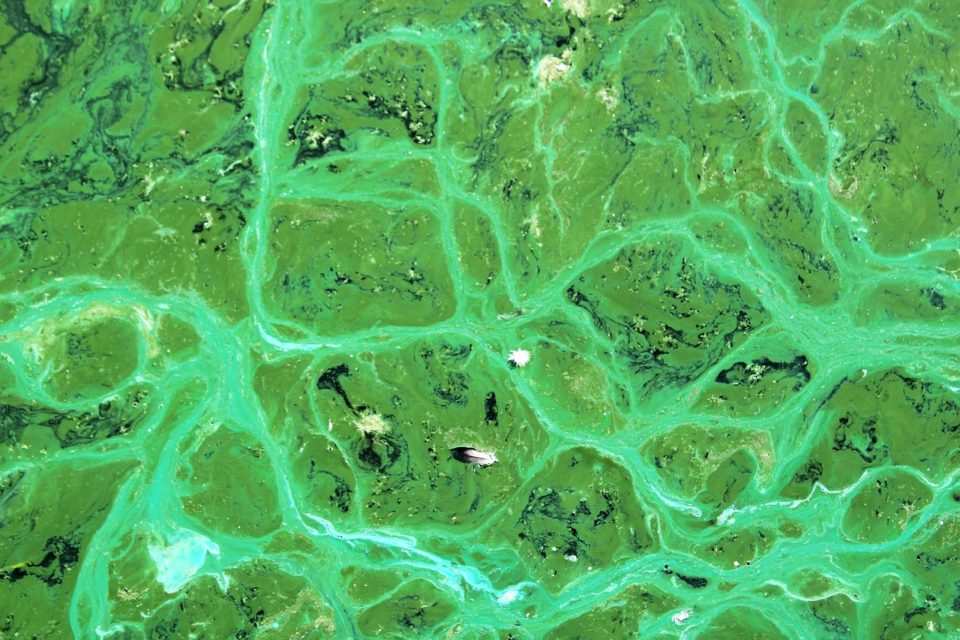Clusters of organisms that look unsightly, resembling slime or human waste, have an important role to play in combating greenhouse gas carbon dioxide, along with trees. Algae and cyanobacteria are at the beginning of the food chain, produce up to 40 percent of the total biomass on the planet, and are the second major producer of oxygen.
Like green plants, algae and cyanobacteria are capable of photosynthesis. With the help of sunlight, they can create organic substances from carbon dioxide.

Cyanobacteria are bacteria with a single cell. Green algae are related to plants. Another group of algae are protozoa. They are connected by the environment in which they live and the ability of photosynthesis.
Life on Earth
Cyanobacteria have been 3.5 billion years on Earth. There are their fossils. They invented photosynthesis very long time ago, changing the atmosphere of the Blue Planet. By their activity, they transformed the original non-oxygenated environment into an oxygen atmosphere. As a result, life on planet Earth has changed, and fauna and flora, as we know them today, can evolve.
Microscopic seaweed and cyanobacteria are called phytoplankton, today they are responsible for about half of the oxygen production on planet Earth. That is why they can be considered the other half of our planet’s lungs, next to the tropical rainforests.
Edible and Toxic
Only a very small fraction of these organisms is dangerous and toxic. Overgrowth of cyanobacteria in fresh water can cause various allergic reactions, breathing difficulties, conjunctivitis, digestive problems if swallowed. Bathing is not dangerous unless the cyanobacteria are not extremely overgrown.

The best-known cyanobacteria that we can consume is Arthrospir, marketed under the trade name spiriulina, in the form of pills, is beneficial to health. Indigenous women in Africa collect biomass of these cyanobacteria in Lake Chad and use it to prepare meals.
Source and credit: https://en.wikipedia.org/wiki/Cyanobacteria















